
Photographers have long been trained to approach their subjects from the front. But in a new exhibition at the Pace/MacGill Gallery in New York, each portrait curiously has its vantage point set from behind. What it uncovers is a long overlooked tradition of portraiture that flirts with the power of mystery and provokes questions over an often-neglected feature: the back.
“The architecture of the back is phenomenally interesting and beautiful,” says Peter MacGill, the founder and president of Pace/MacGill Gallery and the show’s main curator. “It’s filled with life, filled with tension; it’s filled with intrigue because you don’t see the front.”
As much as the front can give away a person’s identity and characteristics, a picture of one’s back adds an element of mystery by prompting more questions than answers. When that happens, even the most inconspicuous detail becomes worthy of observation in deciphering identity, circumstance and action.
This is especially the case in David Goldblatt’s photograph of a man in a Johannesburg park in 1975. Dressed in a gray plaid suit, he lies asleep with his arm as a cushion. And the two large stains on the back of his suit are the most revealing, yet puzzling element of the man’s character and situation. Then the quest begins: “Is this a guy who’s taking a rest, is this a guy whose girlfriend is lower in the frame, is it a homeless person?” MacGill asks. “You just sense something’s going on.”
Photographs like this provoke a desire to seek answers to unanswerable questions, and some images capture their subjects in the most private moments, leaving the viewers unwilling to disrupt.
Take Richard Benson’s Forillon Park, Gaspe, 2006. A man quietly sits next to a bright yellow house, his head down, back hunched, lost in his own deep, solitary contemplation. The photographer’s evocative distance and angle enhance the lone man’s undisturbed solitude, and create a visual space in which the beholders can linger.
Many of the works, even as the observed turn their backs to the camera, also convey a profound tranquility and intimacy, such as Emmet Gowin’s photograph, Edith, Chincoteague, Virginia, 1967. Gowin has photographed Edith, his wife and productive partner, for many years, yet this particular image of her is mesmerizing. The camera is positioned closely behind and at a downward angle to Edith, delicately signaling a relationship of deep trust between the photographer and the subject.
“The tilt of the neck, the shape of the chin, the movement of the hair, and the floating of the head in the landscape,” as MacGill describes, are making it the most beautiful picture of a woman he has ever seen. Yet, for others who aren’t familiar with the photograph, the woman is quite pedestrian. By sharing such an emotional closeness through an anonymous subject, the photograph is able to transcend into universal appeal.
Although all pictures made from this perspective carry a hint of mystery, the simply straightforwardness of others, like Nicolas Nixon’s portrait of his son, Sam, Arles, 1997, reflect the striking sculptural beauty of the human body; others are delightful, such as Susan Paulsen’s Katonah. “You don’t know if you’re looking at Ghandi, or you’re looking at a 9-month old baby,” MacGill says.
Perhaps the most uncanny among the collection are the nonhuman portraits. In Peter Hujar’s Goose with Bent Neck, 1981, the bird’s humanly posture and a dark, staring eye resembles a person staring into the camera. At first sight it seems simply amusing, yet when stared longer, it deeply underscores the notion of bond and profound understanding.
The exhibition, BACK, is currently on view at Pace/MacGill Gallery until August 28.
Ye Ming, is a writer and contributor to TIME LightBox. Follow her on Twitter and Instagram.
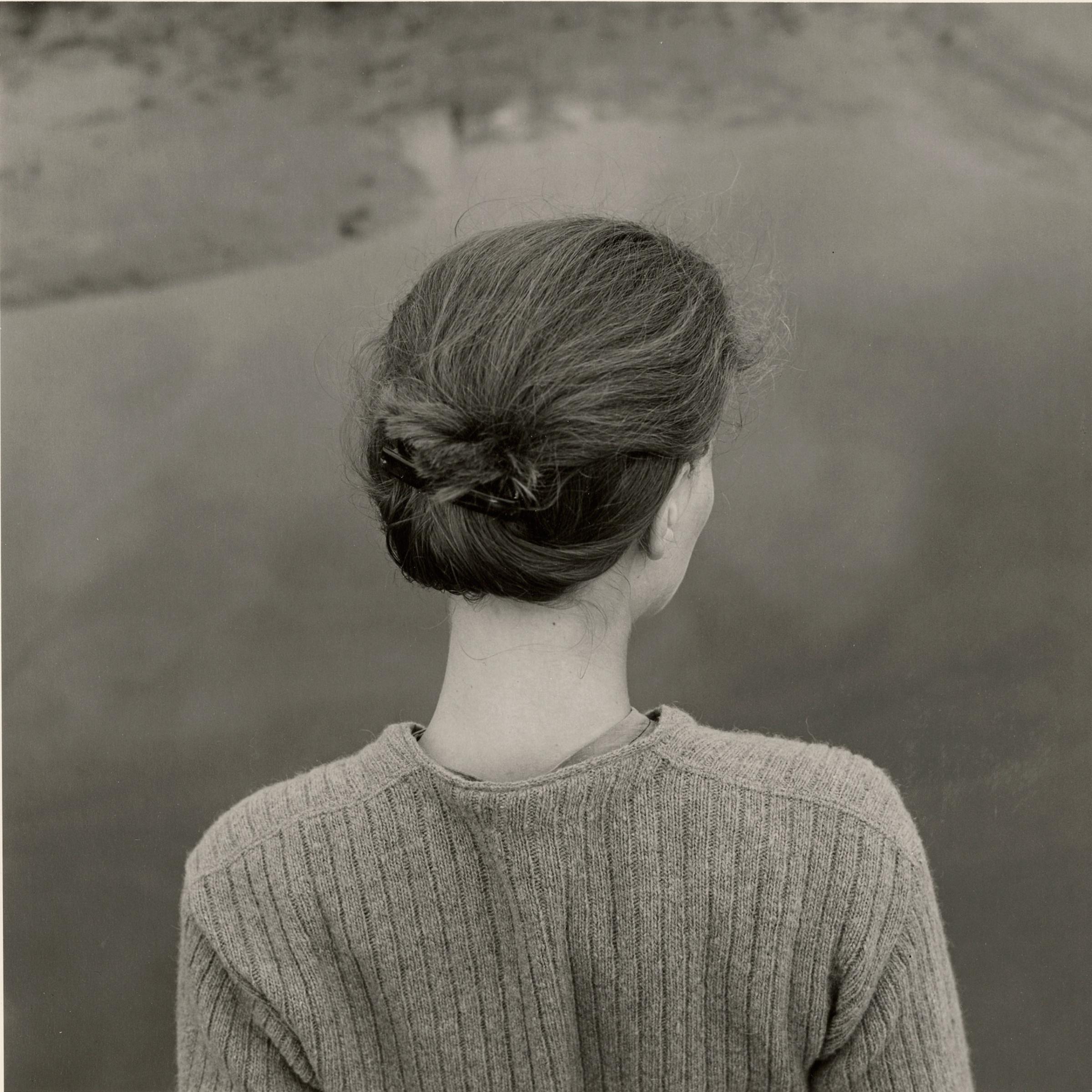



![GARRY WINOGRANDDemocratic National Convention, 1960 [GW.177.1]gelatin silver printpaper, 20 x 16 inches](https://api.time.com/wp-content/uploads/2015/07/5-garry_winogrand_kennedy.jpg?quality=75&w=2400)
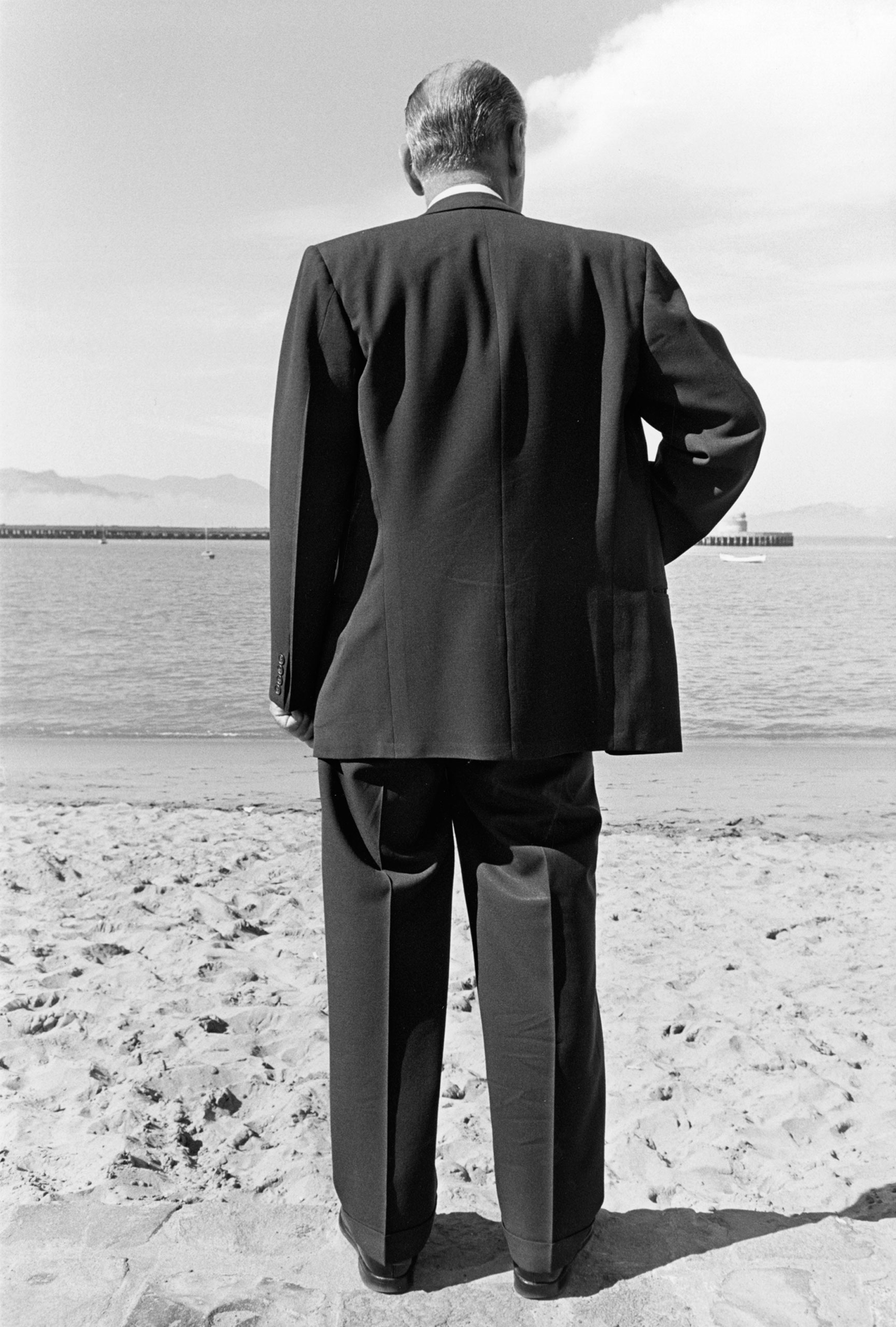
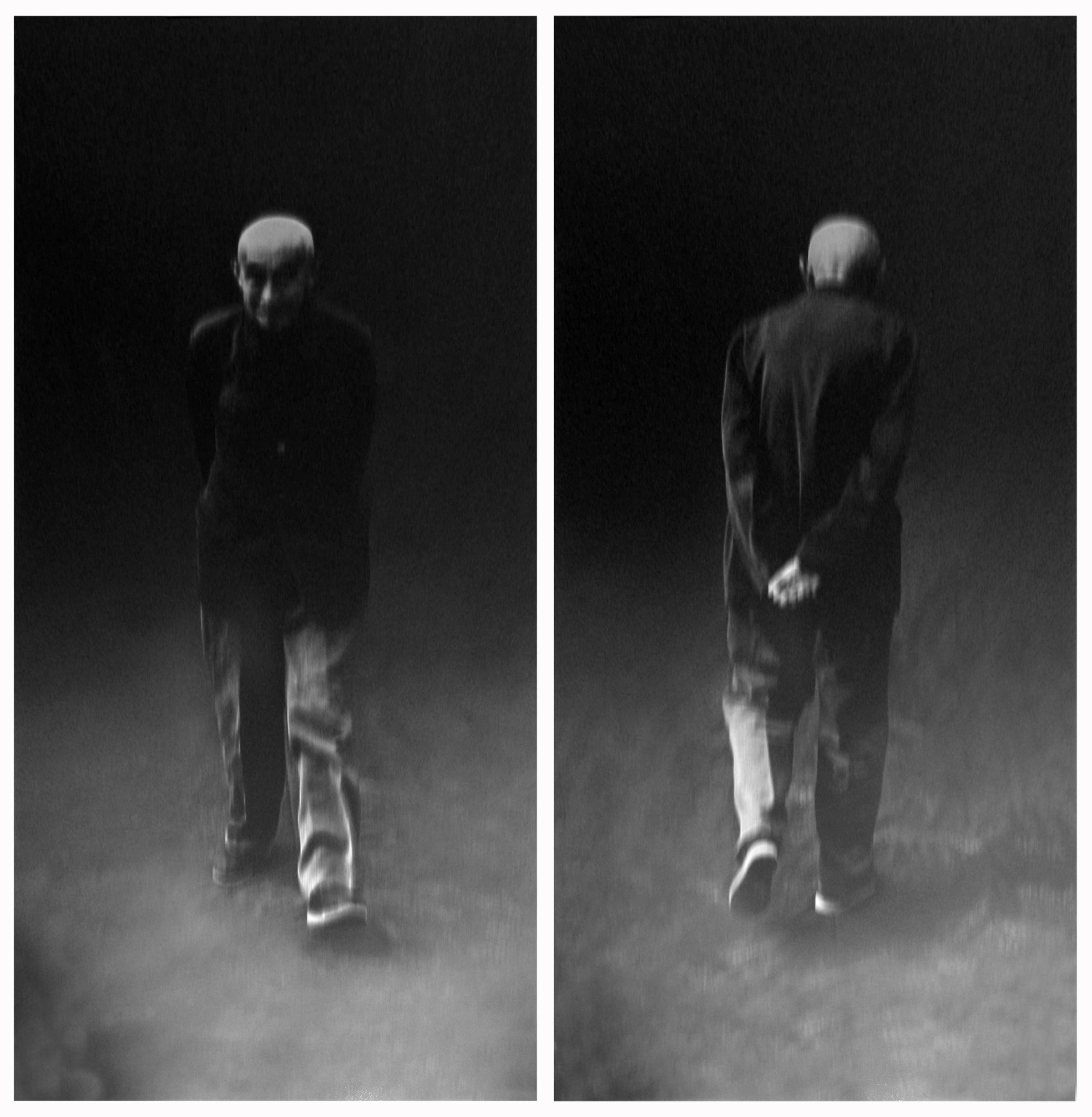
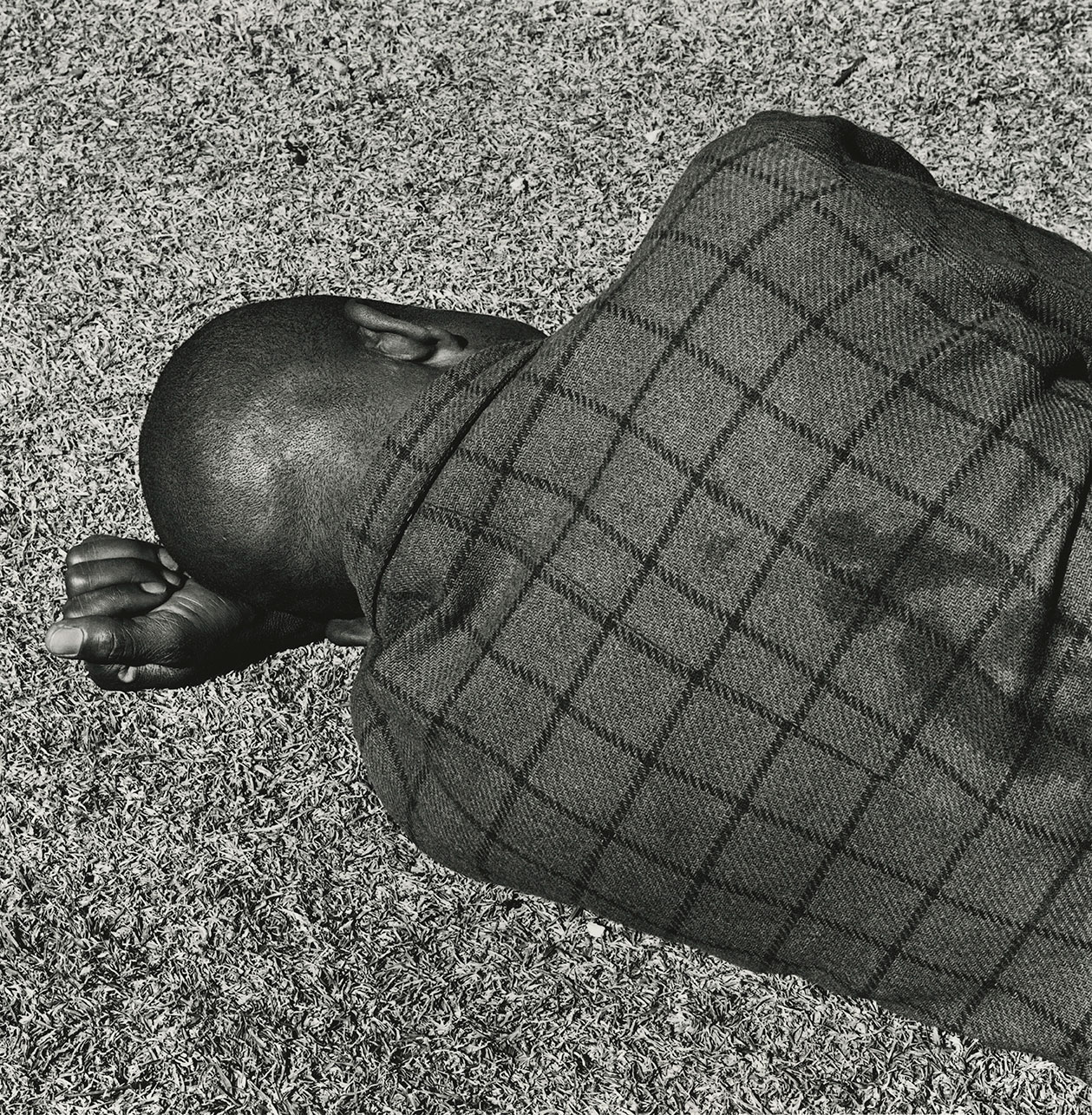


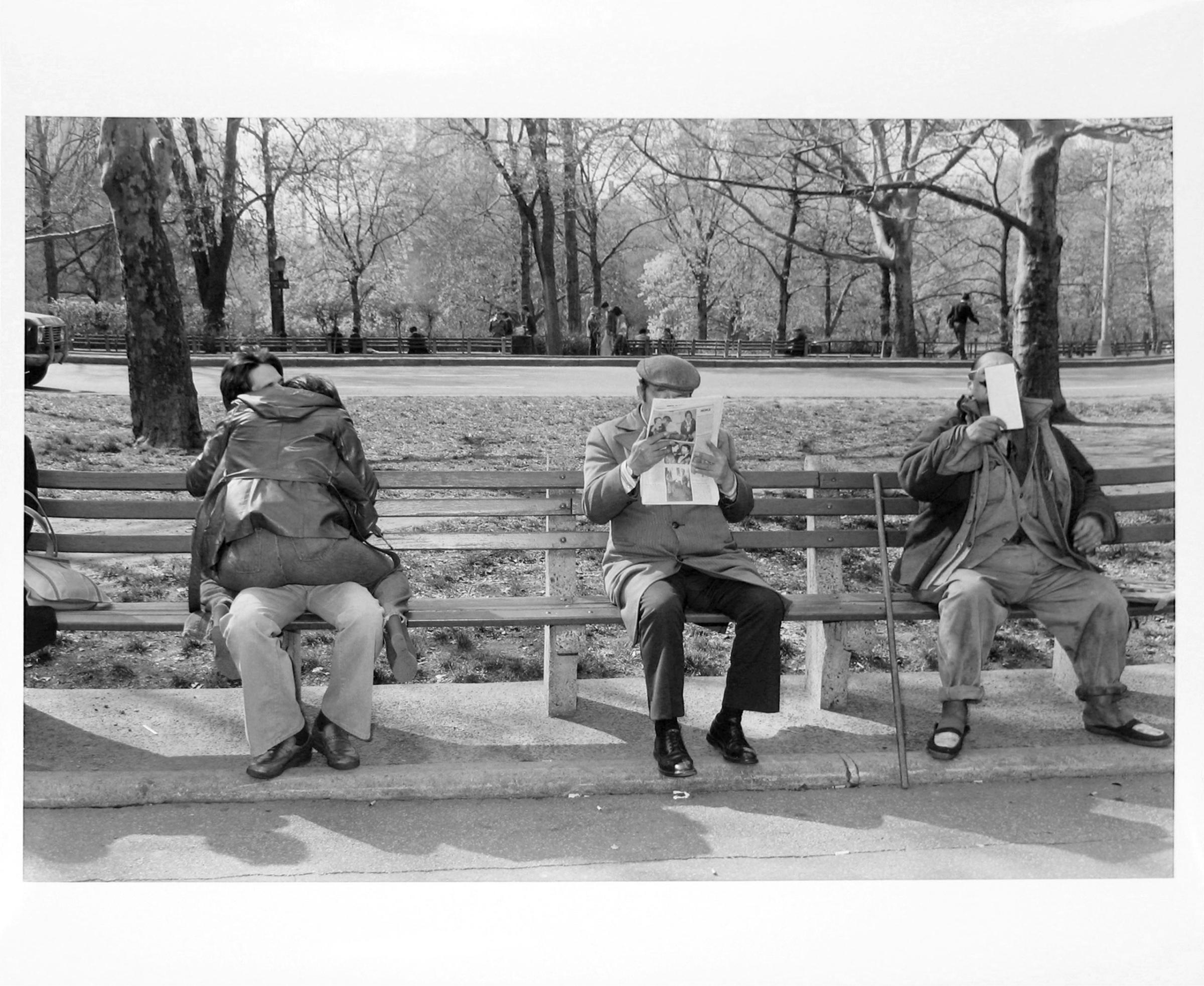
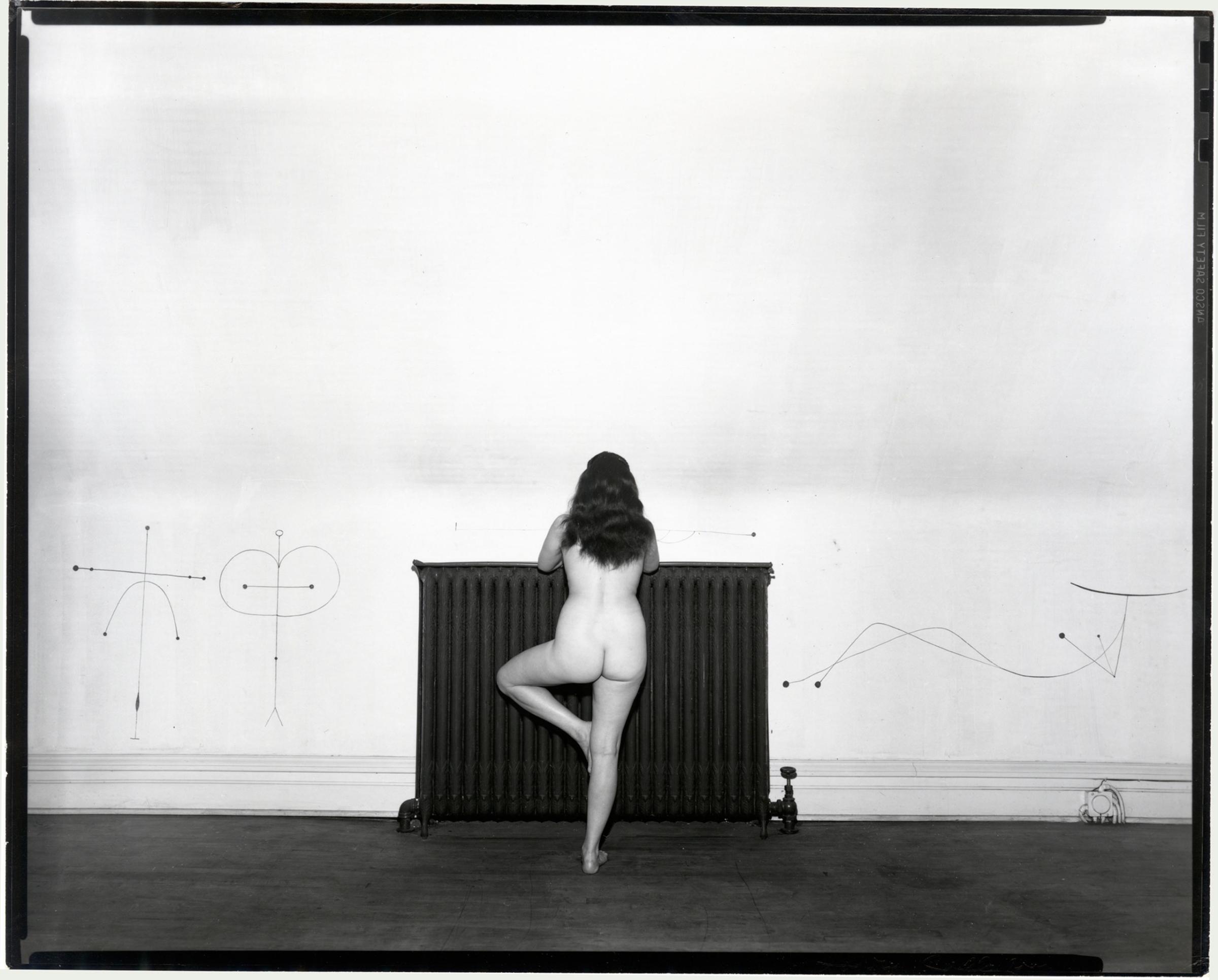
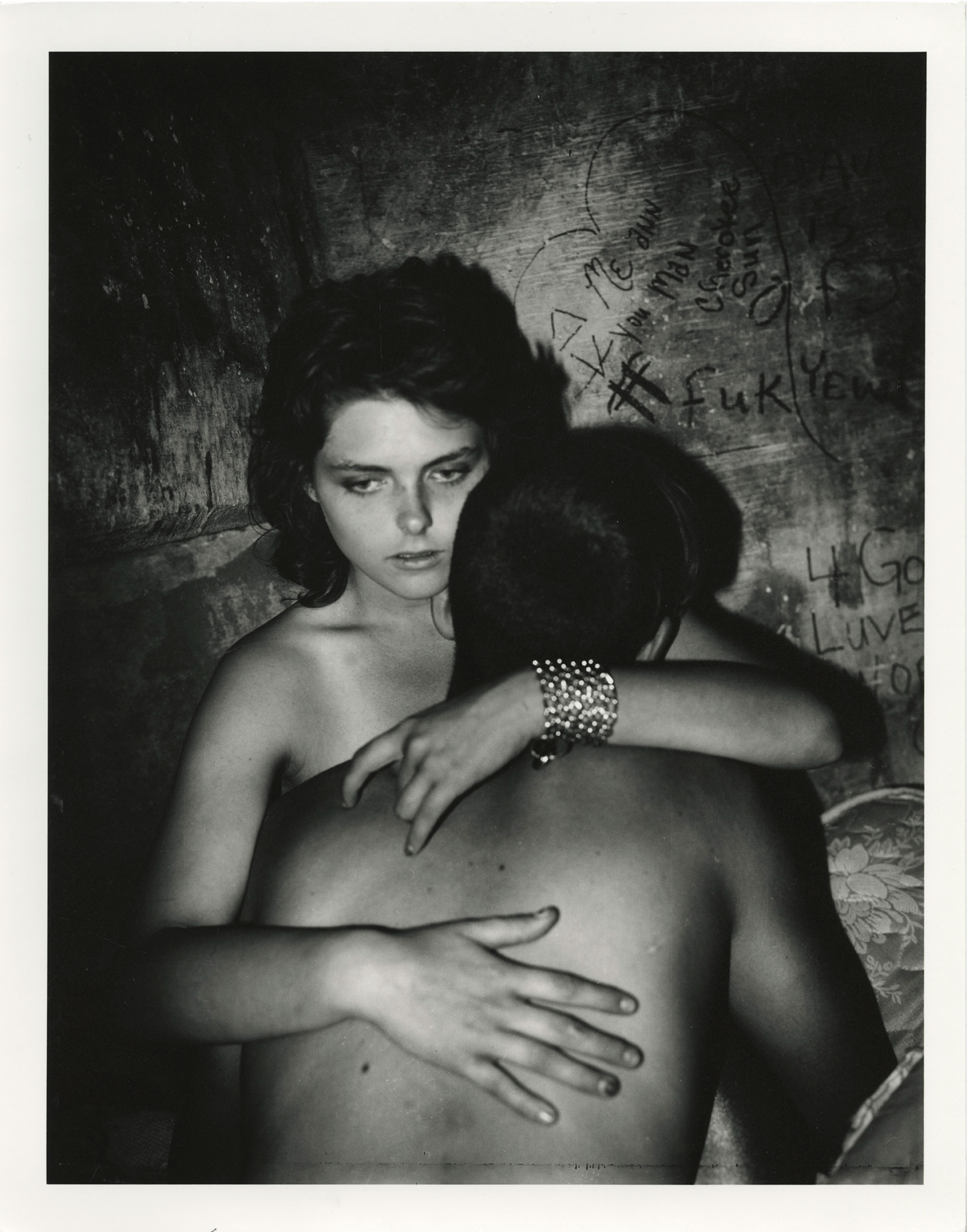

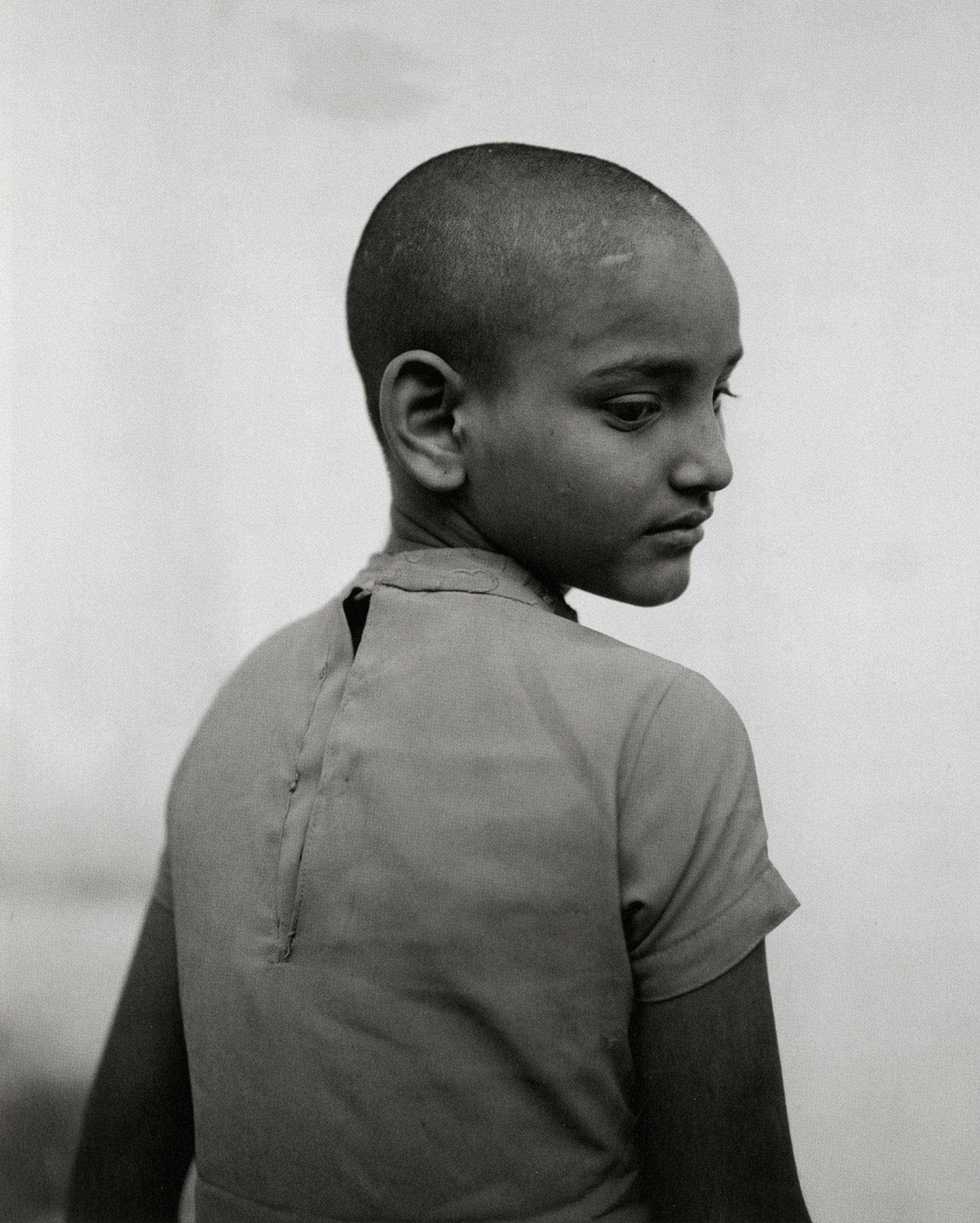


More Must-Reads From TIME
- The 100 Most Influential People of 2024
- How Far Trump Would Go
- Scenes From Pro-Palestinian Encampments Across U.S. Universities
- Saving Seconds Is Better Than Hours
- Why Your Breakfast Should Start with a Vegetable
- 6 Compliments That Land Every Time
- Welcome to the Golden Age of Ryan Gosling
- Want Weekly Recs on What to Watch, Read, and More? Sign Up for Worth Your Time
Contact us at letters@time.com